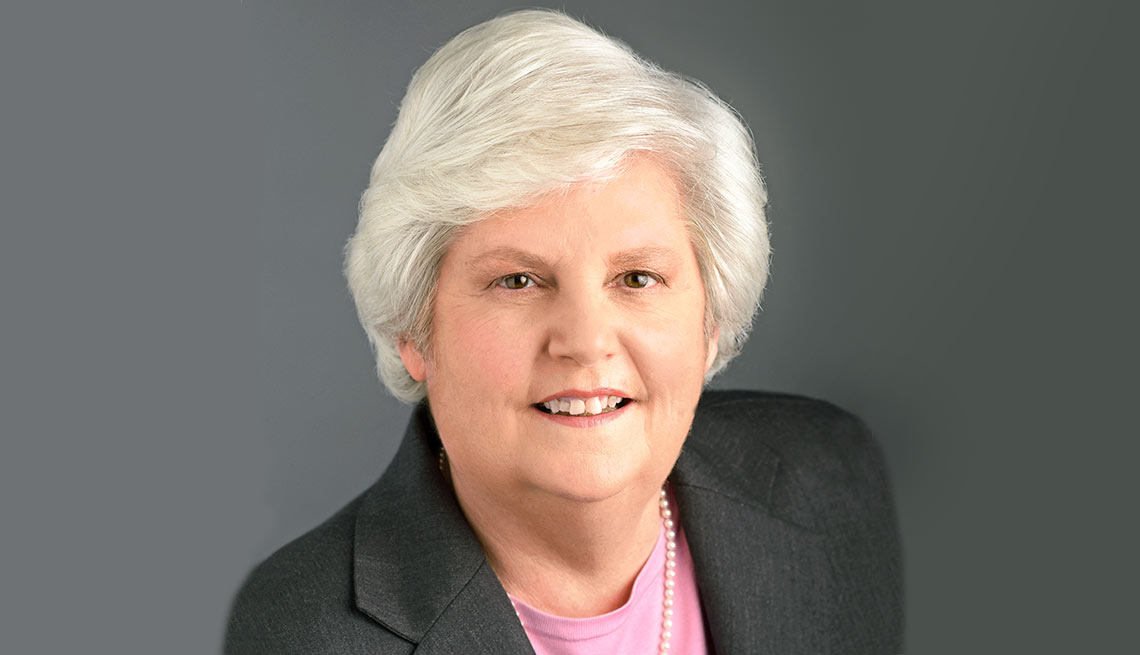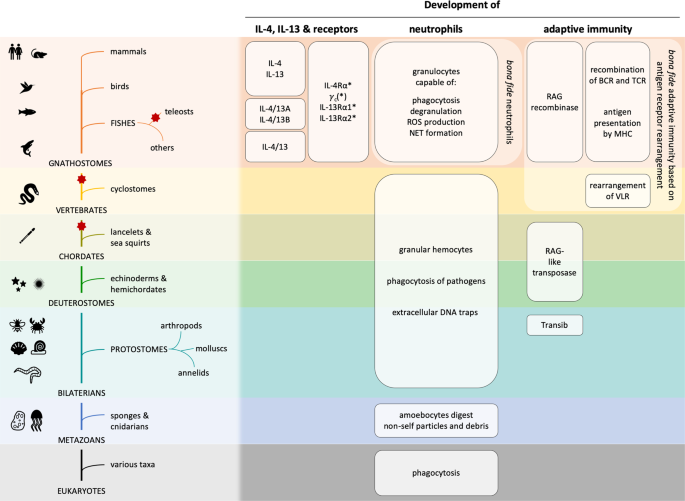
- Select a language for the TTS:
- UK English Female
- UK English Male
- US English Female
- US English Male
- Australian Female
- Australian Male
- Language selected: (auto detect) - EN
Play all audios:
INCREASING NUMBER OF MEDICAL TASKS In recent years, family members have been taking on medical and nursing tasks that used to be handled only in a medical facility. These include operating
medical equipment, caring for wounds, administering injections and monitoring medications. The pandemic only added to caregivers’ responsibilities as they now help loved ones consult with
doctors via telehealth visits. Six in 10 caregivers now have medical duties, AARP research shows. In effect, this makes caregivers a new class of health care providers, and it has
transformed people's homes into centers of health care. Proposals to support caregivers have not historically been a high priority for political leaders, but that is starting to change.
Nancy LeaMond Jared Soares As one example, 44 U.S. states and territories have enacted the CARE Act, which establishes certain caregiver rights as public policy. These include requiring
hospitals to identify family caregivers in admissions records, notify them of discharge plans and provide training on medical tasks they may have to perform. The Credit for Caring Act, now
pending in Congress, would build on these rights with vital financial support. The nonrefundable tax credit of up to $5,000 could be used to help with costs for medical management, housing
expenses, home modifications, caregiving training or education, and other expenses. It is, as Chatzky pointed out in our discussion, a “common sense, bipartisan solution on the table."
Ernst said that the tax break “puts a big dent” in the annual spending faced by caregivers. “We have so many people that are more aware” of their needs than used to be the case, she said.
Added Sanchez: “The least we can do is try to help families that have this extraordinary financial burden.” Can such efforts succeed in today's Congress? Sanchez offered a hopeful
thought: “It's a matter of sitting down and listening to each other and finding solutions that are the best fit.” It was inspiring to hear such remarks from leaders on both sides of the
aisle. Support for family caregivers is an area tailor-made for that kind of constructive, bipartisan approach. _Nancy LeaMond is AARP's chief advocacy and engagement officer._






